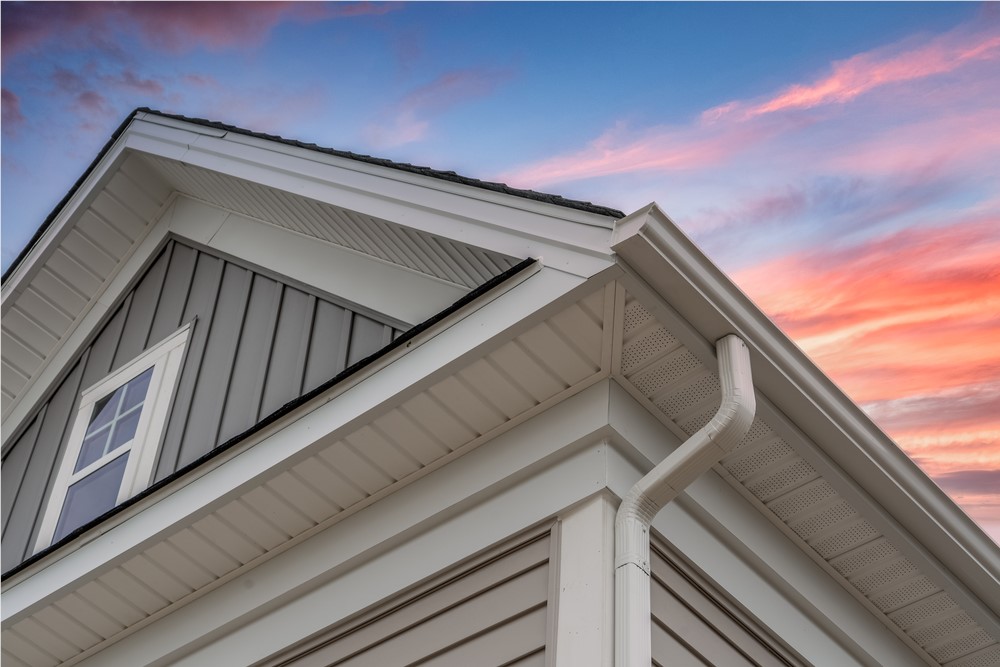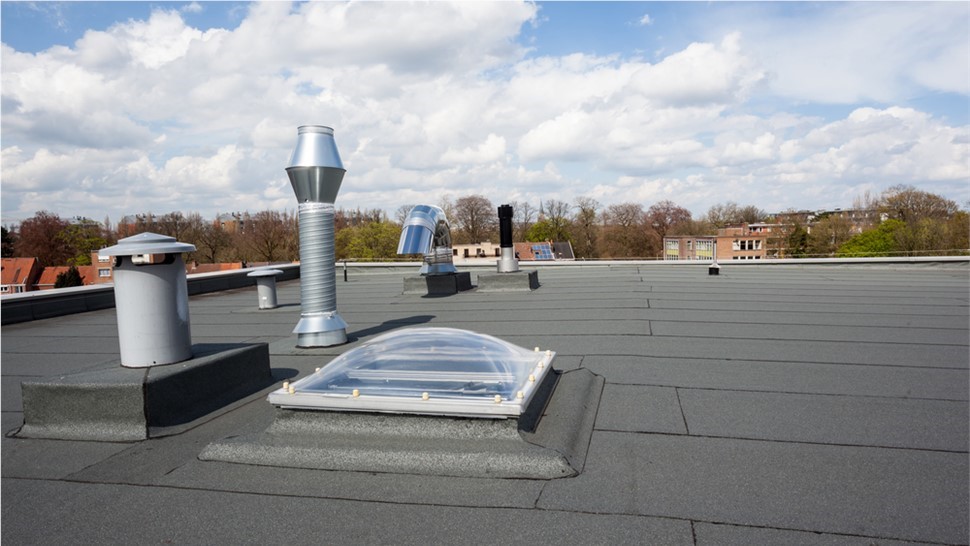Does Your Home Ever Get Window Condensation?
There are plenty of situations where condensation is a good thing, like when it builds as cool droplets on your summer lemonade, or as the mist you draw in on winter car windows.But if there’s one thing you don’t want to see, it’s stubborn condensation that won’t leave your home’s windows. This problem can be a visual annoyance, but you may also wonder if you should be worried. After all, is condensation on windows bad, and is there anything you can do about it?
If you’re not sure how to tackle this phenomenon, we’re here to help. Read on to learn why condensation matters, and when you should worry.
Why Is There Condensation on My Windows?
Window condensation happens with changes in temperature and humidity. When hot, humid air comes into contact with a cold object, moisture in the air can contract and condense on that surface. Because glass tends to be one of the colder materials in your home, excess moisture in the air often builds up there first.The moisture can come from the things you do in your everyday life. Showering, cooking, doing laundry, and even breathing contribute to the moisture in the air. Because energy-efficient homes are insulated to avoid letting air escape, this air can become trapped in your home and gather on your windows—or inside them.
Does Condensation on Windows Indicate Damage?
Not all types of condensation indicate damage. In certain situations, like when you’ve just stepped out of the shower or when you’re cooking near the kitchen window, for example, condensation can be a normal side effect.However, if you’ve noticed that your condensation seems to stick around as a rule, you may want to take a close look at your windows. Modern, insulated windows may have been improperly installed, or a seal may have failed, and it’s important to see whether you need to repair or replace the entire unit.
What Kinds of Problems Will Condensation Cause?
Condensation can cause a number of household problems, beyond just making it harder to see out of your windows.First, the moisture buildup can lead to the growth of mold and mildew, which thrive on the organic material in the wood and plaster of a window. These household nuisances can pose a health issue for those inside your home, from headaches to respiratory issues.
In addition, that condensation buildup can spread through the wood of your windows and into other areas of your home. The moisture can make your paint blister, cause stains on your ceilings or walls, rot your structural supports, and deteriorate your insulation. All of this would happen over a long period of time, of course, but it’s a problem you’ll want to address as soon as possible.
When Should You Replace Your Windows?
When you look at the patterns of condensation, you may not always know how to tell if windows should be replaced. Here are a few tips.First, if you’ve noticed condensation on multiple windows, it’s probably an indoor humidity issue, as it’s unlikely that all of your windows have failed at once.
With newer double- or triple-pane windows, there’s a simple test you can do to see where the condensation is: run your finger over the glass, both inside and outside your home. If your finger leaves a trail through the moisture, the condensation isn’t between the panes—meaning it’s just an issue of humidity.
If your finger doesn’t create a trail, the condensation is forming between the panes. This can happen when a seal breaks down over time. In cases like these, a simple repair can do the trick: you’ll need to replace the insulated glass panel and create a new seal, but you won’t need to invest in a total replacement.
If your windows are older, single-pane versions, you won’t see this type of condensation buildup. You might think of that as an advantage, but it’s actually a sign of poor insulation! Older windows allow more air to escape outside rather than keeping it in your home, meaning that condensation is less likely to occur.
How Can You Prevent Window Condensation?
If you’re trying to find ways of preventing condensation on windows before it happens, there are a few simple steps you can take.Buy a Dehumidifier or Turn Off Your Humidifier
If you’re running a humidifier, you may want to turn it off on winter days that make your windows prone to moisture buildup. Alternatively, you can switch to a dehumidifier to eliminate the worst of your home’s moisture.Use Your Fans
Showering, bathing, and cooking allow excess moisture to escape into the air, which is why most bathrooms and kitchens have fans. Be sure to use them to minimize the spread of steam.Move Your Plants
You might be surprised to know how much plant respiration can contribute to a home’s humidity. If your plants are near the windows, consider moving them away during colder months. Alternatively, get your hands on a plant that absorbs humidity!Weatherize Your Windows
Adding weatherstripping can help you create better insulation around your windows. What’s more, this insulation can not only prevent condensation but also save you more money on utility bills!Hire an Expert to Deal With Window Consultation
If you’ve tried the simple prevention measures above to rule out possible culprits, your stubborn condensation may seem frustrating. Luckily, you don’t have to deal with the issue alone.An expert can look at your windows to identify the issue in no time. If you’re concerned, trust Amos Exteriors to help. Schedule a free quote with us to learn more about our repair and replacement windows!
Subscribe to Amos Exteriors's Blog








Comments